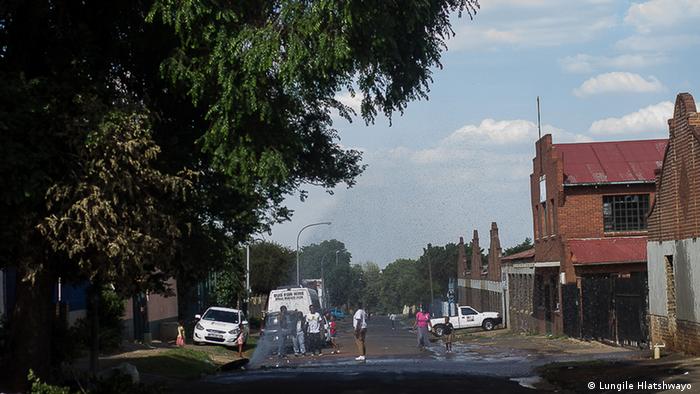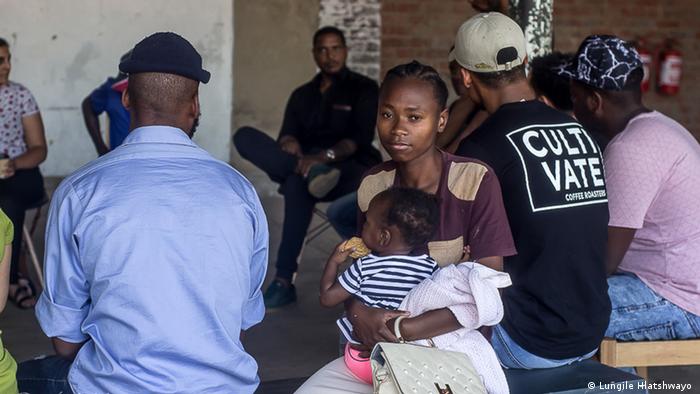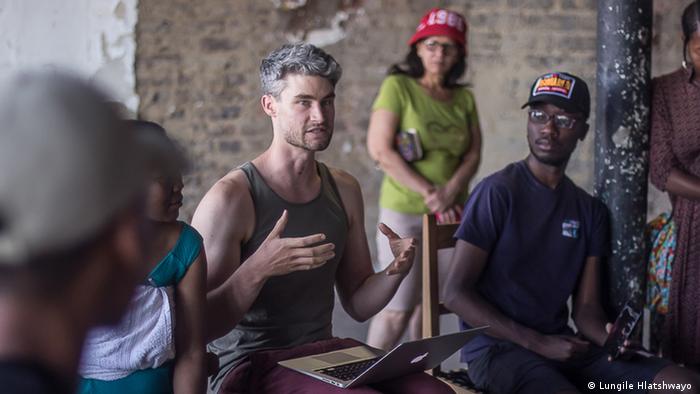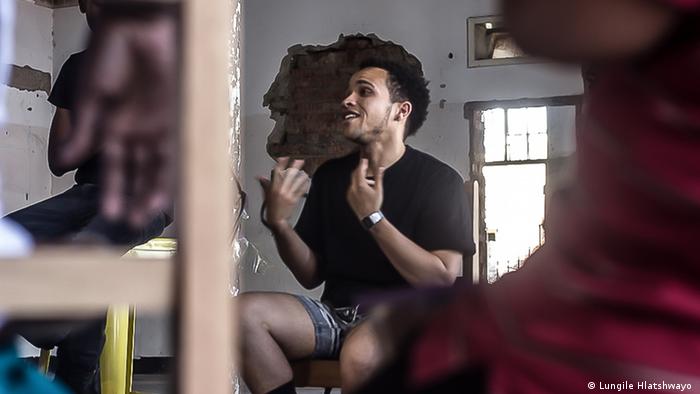In Johannesburg’s Bezuidenhout Valley gentrification is in full swing. A young city planner wants to provide you with a inclusive property concept, that the local residents are not displaced.

The Victoria Street in Bezuidenhout Valley: a quarter of a city in transition
Sindisiwe Masekus new living room is not large, ten square maybe. But it is enough for your bed, a children’s mattress, a chair and a small TV. On the neatly made bed, a Teddy bear and a stuffed animal sit. But space is not the priority of the 23-Year-old. The most Important thing for you: It is not safe. In her previous apartment, just two streets away, it had been different, reported Maseku: “There was no toilet, the people pinkelten everywhere. Constantly, there were burglaries – these people can kill you”. A twelve-month Baby slides and squeaks in your lap, you it leads to breast-feeding at her breast. In the end, it was so bad that you even considered to go back to their home province of Mpumalanga in the East of the country.
Then she met Simon Sizwe Mayson, a 30-year-old city planner. He was looking for a cleaning lady for his Co-Working Space next door and was just about to develop a new housing model for the neighborhood, which is characterized in large Parts of the unemployment, poverty and crime. “He came at exactly the right time,” says Sindisiwe.
A neighborhood on the upswing?
It’s summer vacation in South Africa. The Victoria Street, in the mayson’s house project is located, is full of children. The streets, often with broken bottles, littered, are your Playground. A lot of other places to spend the afternoons. The Bezuidenhout Valley is nestled in the East of the Johannesburg city centre and beyond your narrow and flat in the direction of the West.

Sindisiwe Maseku – the single mother is one of the inhabitants of the “Changemakers Residence”
Long the area to the East of Johannesburg was regarded as neglected. But in the meantime, the district in the East of Johannesburg public attention, because at its heart is a South African restaurant chain is driving the development project of the Victoria Yards. Where until some time ago is still abandoned warehouses and industry, the roads built, shaped, created within the shortest period of time studios, galleries, a coffee roaster and small craft businesses. And it is the place has developed from Simon Mayson the prototype of his innovative inclusive housing project “Changemakers Residence”.
Mayson is a young city planners from Cape town, wants to bring with his work of social change. When he heard a year ago by Victoria Yards, he secured one of the first Studios, which he called “VY Commons”. As a Co-Working Space, the Studio artists and makers to offer the area a space for their work.
Preventive against gentrification
There the gray-haired 30-Year-old sits and attached info sheets for a children’s program a holiday together. As a white South African, he is aware of his privileges, which are withheld from the majority of the population. “In the past year, I realized on a meditation weekend, it’s good for me, what it is, all my basic needs are covered. Now I can take care of it, it also goes the other way.”
Everything came together so, “was a mixture of hard work and luck.” He found a house in the same street, which he bought from his Savings and a loan from his parents for the equivalent of 46,000 euros, in order to test his ideas. One of the objectives of the residential project is to offer an Alternative, should affect the development of the district a negative impact on the under-privileged residents of the district. Places such as Victoria Yards, are “wonderful, because you attract people who would not otherwise come.” However, there are concerns that may rise with the new arrivals, the prices of real estate and the local population will be displaced.
Innovative Property Concept
His idea: Hire to buy. Residents who could afford a loan, pay the residential rates of the area-adjusted rent (between 100 and 200 euros a month), and acquire shares in the house. After about ten years, they are co-owners. The only condition was that the occupants of The house should be to work towards “a greater good, rather than just look at yourself”, “change-maker”.

The city planner and activist Simon Mayson wants to deal with the gentrification with an innovative living concept
Whether his plans work, don’t know Mason, so he marketed the concept also still active to the outside. Only in half a year, you could see if and how everything works. “It is something there is nowhere else,” he says. 45 people applied for the apartments, the selection was made at the end of several Workshops.
In December, the catchment began. The house has two halves which are connected by a large porch at the entrance. Three spaces left, three spaces right and two cottages in the backyard. Except Sindisiwe Maseku and your child is a gardener, a social worker, a beekeeper, an artist and a lawyer to the elect.
Jared Ishmael, the lawyer, has not yet decided whether he really wants to move in. The 27-Year-old is the only one who grew up in the immediate neighbourhood, in Bertrams. He is worried that “the same thing happens as in Maboneng, where the community for exclusive shops and Restaurants, has been yanked.” Also the today’s hip district, a few kilometers away was under-privileged, when it was purchased by a real estate company, and transformed. The former residents were displaced.

Jared Ishmael wants to prevent that in Bezuidenhout Valley long-established residents are displaced
A universal model against gentrification?
Added to this are concerns about the nature of share ownership. “What do we share? At the house, or in the Fund? It must be ensured that all understand what that means, so you can use that Power for themselves.” The only way to equality-based residential system could arise.
The potential that mayson’s rising idea, see Ishmael. “If the community is involved, I’m full of it.” Then the project, even a universal model for gentrification could be quarter. Until now, he would like to offer as a lawyer for outside help. As a “buffer” between the triggers of gentrification and the people with whom he grew up.

